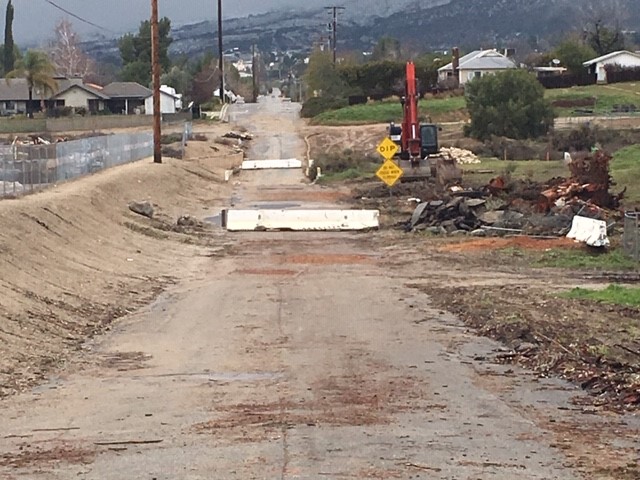Overlay and Slurry Project
Location
Citywide
City or County Responsible for Project
City of Santa Clarita
Category
Roads: Efficient and Sustainable Road Maintenance, Construction and Reconstruction Projects.
Author
Damon Letz
City of Santa Clarita Public Works
23920 Valencia Boulevard, Suite 304
661-255-4982
Project Description
The City of Santa Clarita (City) is the third largest city in Los Angeles County, and as such we strive to maximize our resources when managing our growing pavement infrastructure. The City employs a 5-year pavement management plan to strategize and treat our pavement infrastructure. A multi-year pavement management plan is based on current pavement management principals consisting of doing the right thing to the right pavement at the right time (Federal Highway Administration). To facilitate planning and prioritization, the City uses a critical point management approach which focuses on the rehabilitation and maintenance of streets above rather than below a critical point pavement condition index (PCI). The City’s maintained pavement network consists of 1,242.11 lane miles, and an area of 111,177,491 square feet. At the end of 2019 the City’s overall PCI was at 69. With all of the creative strategies we employed, we increased the PCI to 70 a year later. The City strives to employ several methods to maximize the use of recycled materials and promote sustainability. Some examples from this year’s projects include the use of Thin Maintenance Overlay (TMO), which is a specialized overlay treatment with a rubber component that is applied thinner than a traditional overlay. The treatment requires less material to be applied while also providing structural integrity needed to significantly treat and extend pavement life. TMO was derived by our creative approach to tackling pavement conditions with the critical point strategy. The rubber component in TMO is derived from recycled rubber in California. Another example is the use of Asphalt Rubberized Hot Mix (ARHM) which makes use of 15-20% recycled crumb rubber from recycled tires. The City uses ARHM on all overlay applications not only to be sustainable, but it provides an enhanced ride quality when compared to conventional asphalt. By utilizing local recycled materials, we reduce our carbon footprint, reduce overhead costs, and are able to treat more streets with the money we save. Where appropriate we use more innovative and unique construction processes such as the Cold-in-place Recycling (CIR). The CIR process pulverizes the existing asphalt section and reuses this material as an asphalt base. This reduces the amount of trucking needed to haul away existing asphalt and bring in new materials, thus cutting down additional waste and cost. For those streets that require heavier rehabilitation, we utilize a process called Full Depth Reclamation (FDR). Instead of removing and replacing the existing asphalt and base, the FDR pulverizes and reuses portions of the asphalt and base to create a new foundation for the roadway. This reduces the amount of waste being hauled out and the amount of new base material needed. This treatment is a reconstruction and is essentially a new road.


